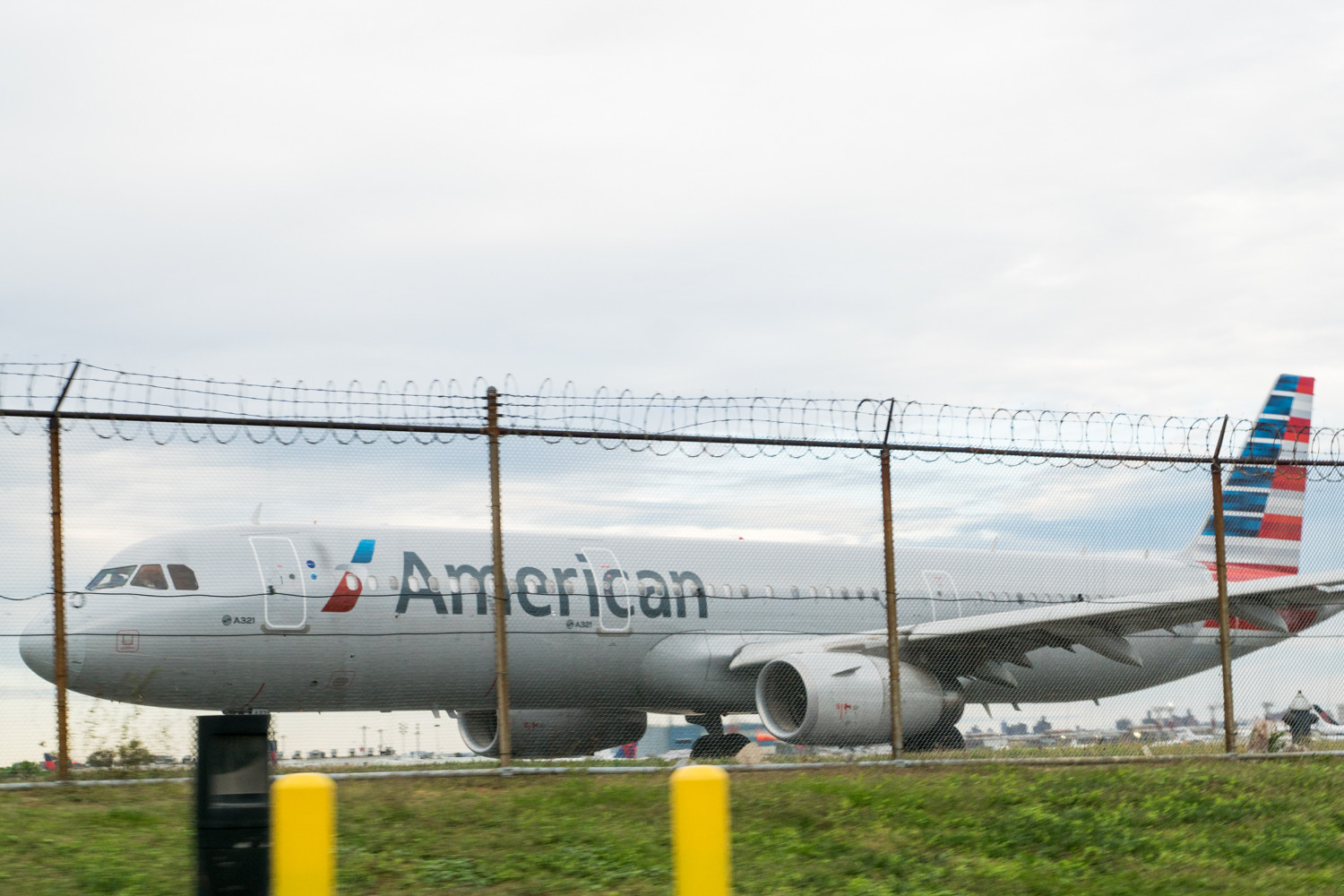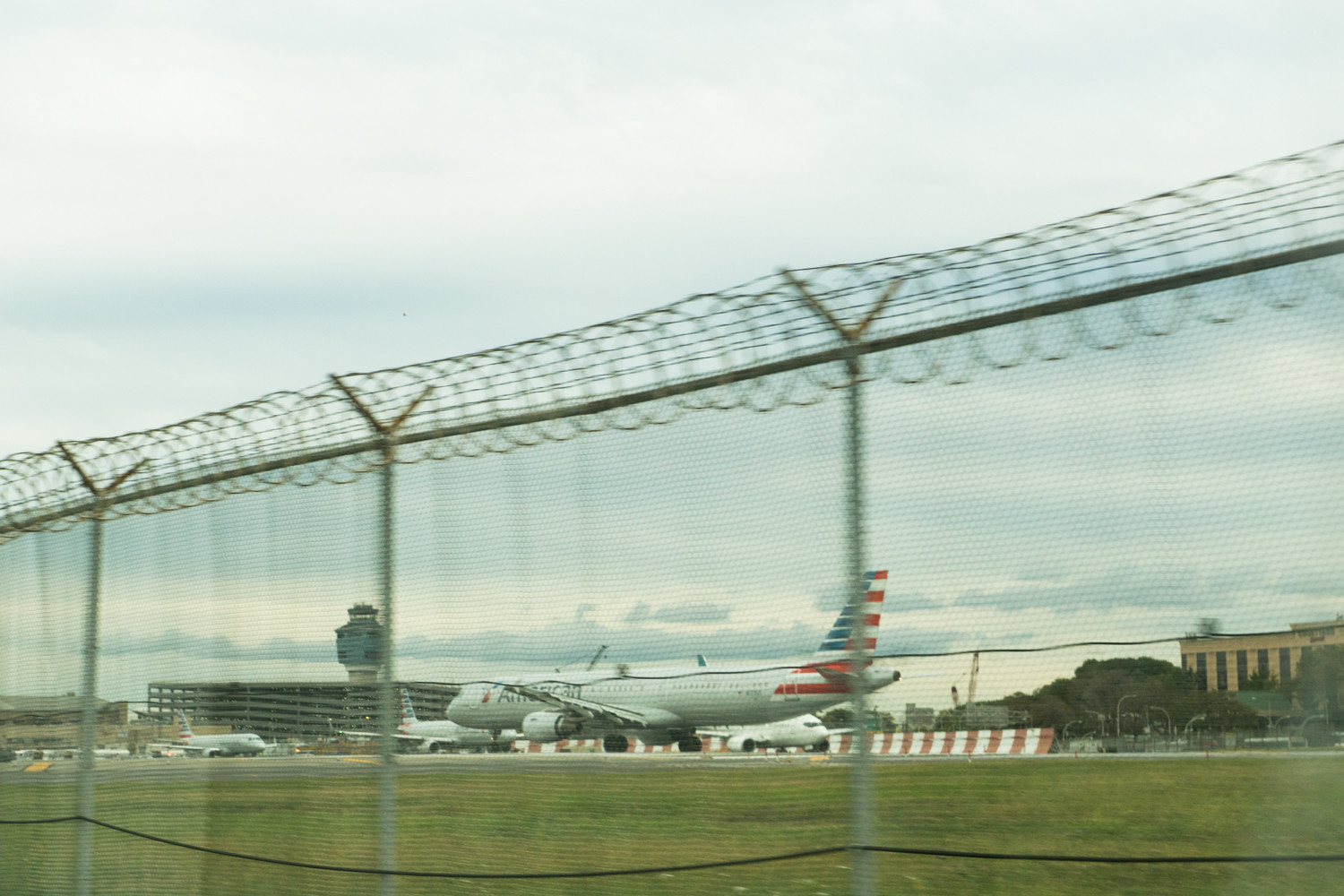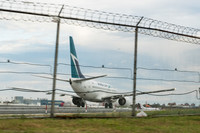Low-flying planes equal big headaches
The loud engine of a plane flying over Douglas Avenue woke up residents like Stanley Yankelowitz.
“We’ve never had anything like this,” Yankelowitz said. “We do have train noise and we do have helicopters, but we’ve never had (anything) like this flying.”
Plane traffic over Riverdale is unusual, enough that Yankelowitz and other residents expressed concern, wondering if area airports like LaGuardia or John F. Kennedy International had changed flight patterns.
Planes “were at one stage coming every three minutes, and they seemed to die down about 10 o’clock at night,” Yankelowitz said. The sounds, which began in the early morning hours, were so loud he had to close his windows to drown out the noise.
“If you’d tried to watch television or something, you had to turn it up louder,” Yankelowitz said. “That was a big problem. It was extremely unpleasant.”
He wasn’t alone.
Nathan Kahn said low-flying aircrafts “were in a landing pattern over Riverdale” passing almost every 90 seconds. It was “obviously very unusual and annoying,” he added.
David Gellman, who is lives on Palisade Avenue and Kappock Street, noticed one jetliner flying “extraordinarily low” above the Hudson River, thinking it could have been as low as 5,000 feet. He noticed other planes on the horizon, appearing to be stacked in the air.
“Other than that, I’ve just noticed a higher level of noise and a fair number of helicopters in the last year,” Gellman said. But he personally wasn’t alarmed, believing changes in weather made it more likely Riverdalians would see planes overhead.
But one thing that should help reassure all the neighbors affected by the additional noise, it’s not permanent.
“The flight patterns have not changed,” said Jim Peters, a spokesman for the Federal Aviation Administration. The only thing that can account for what northwest Bronx residents were hearing were aircrafts “approaching at low altitudes to land or going out.”
“We haven’t been handling anything other than that,” Peters said.
Low cloud cover and a wind direction shift forced air traffic controllers to use a different runway than normal at both JFK and LaGuardia. The procedure is part of the FAA’s safety protocol and “ensures sufficient airspace separation between the two airports,” Peters said.
The Port Authority of New York and New Jersey, where residents can report noise from aircrafts, did not respond to requests for comments on the number of complaints it received regarding low-flying aircrafts.
As of last weekend both Yankelowitz and Kahn reported that much of the noise had disappeared.
“These planes have been taking off and flying forever, but never in (such) a noticeable fashion,” Yankelowitz said.











